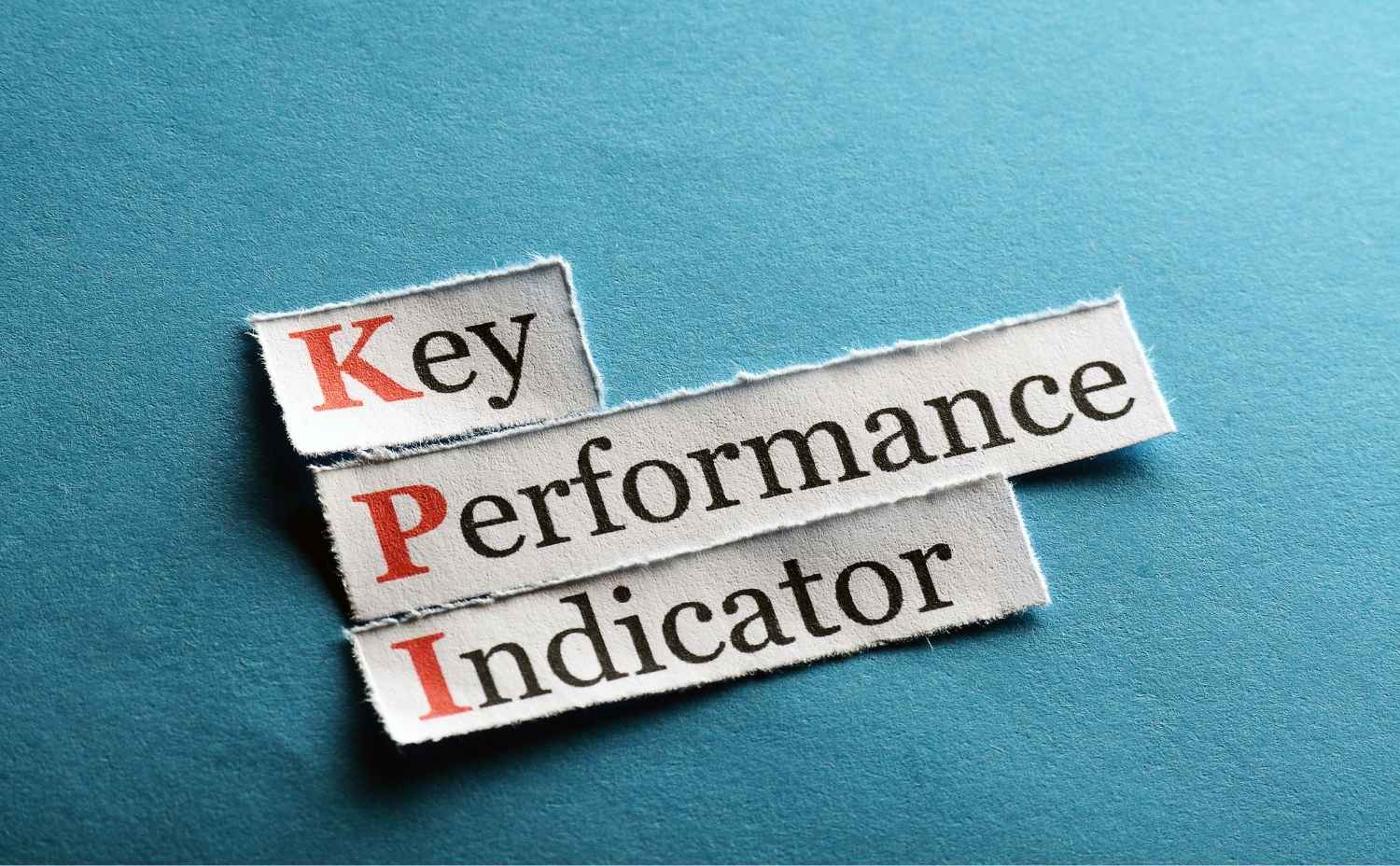

Marketing Performance Measurement: Track What Matters, Improve What Works
Great marketing isn’t just creative—it’s accountable. At VCMO, we help businesses measure performance in ways that go beyond vanity metrics, giving you clear visibility of impact, return, and where to focus next.
What Is Marketing Performance Measurement?
It’s the structured approach to tracking, analysing, and interpreting the effectiveness of your marketing efforts. From brand awareness to conversion rates, it’s about turning data into action—and proving marketing’s commercial contribution.
If you can’t measure it, you can’t manage it—or improve it.

Challenges of Weak Marketing Performance Measurement
Whether you're launching, scaling or transforming your business, being unable to accurately report on marketing performance shows up in many ways:
💬 “We’re not sure what success looks like.”
💬 “There’s too much data—but not enough insight.”
💬 “Leadership doesn’t see the value marketing is delivering.”
Without a clear measurement framework, marketing teams experience uncertainty around what's working (and what's not), or have difficulty justifying spend, resource allocation, or existence.

What’s the Risk of Doing Nothing?
Many businesses don’t invest in the time, systems or processes to measure marketing performance. Without accurate information you may experience:
- Strategy that is based on gut feel, not evidence
- Campaigns and spend repeat without iteration
- Teams focus on outputs instead of outcomes
- Board-level confidence in marketing declines
In the absence of insight, opinion takes over. Measurement makes marketing accountable and investable.
What We Deliver
We build measurement frameworks that turn data into decisions — making marketing performance visible, practical, and commercially meaningful.

KPI Framework Design
Measure what matters. We define leading and lagging indicators by funnel stage and campaign type to align metrics with business goals.

Dashboard & Reporting Build
Bring clarity to performance. We design custom dashboards and reporting formats that work for executives, managers, and teams alike.

Process & Governance
Keep accountability clear. We set cadences, reviews, and ownership structures so measurement informs action, not just reporting.

Culture & Upskilling
Make metrics part of the mindset. We train teams to understand data, make smarter decisions, and embed continuous improvement.

Why Measuring Marketing Performance Matters
Performance measurement enables:
- Data-driven decision-making at every level
- Greater alignment between activity and commercial goals
- Smarter campaign design and iteration
- Clearer ROI for leadership, investors, and the board
Measurement isn’t the end of marketing—it’s the start of better marketing.

Is This You?
You may need our leadership support if:
✅ Your reporting is inconsistent, slow, or lacks credibility
✅ You don’t have agreed KPIs across functions or funnel stages
✅ Stakeholders are unsure whether marketing is working
✅ You want to focus more on what works—and less on what’s easy
If you want better results, we'll help you start by tracking the right things.
Our Related Marketing Expertise
Performance measurement rarely stands alone. It complements operations, sales alignment, and technology — ensuring processes, teams, and tools all contribute to accurate insights and accountable growth.
Ready to make marketing performance more transparent?

Subscribe to Our Newsletter
Fractional Edge is our montly newsletter sharing expert opinion on the latest trends in fractional leadership, curated marketing content from leading sources, VCMO events, and much more. Subscribing is quick — just add your name and email.



















.jpg)



